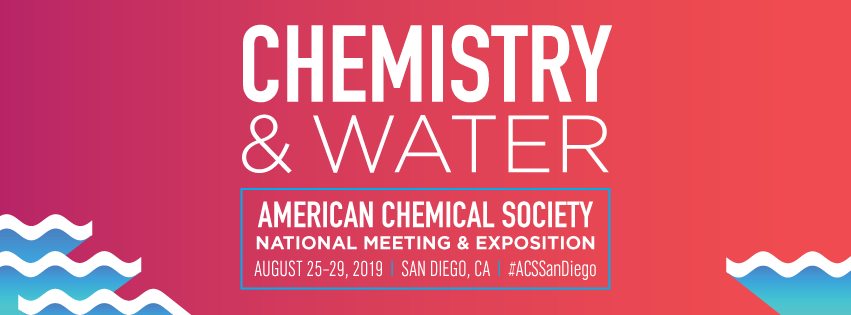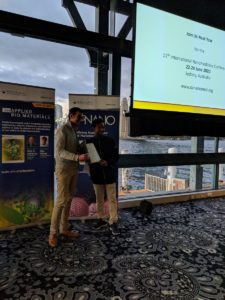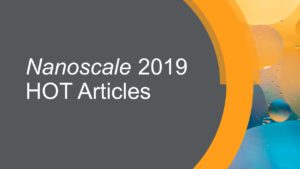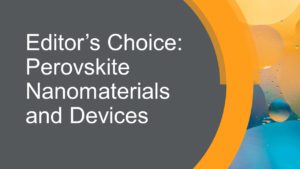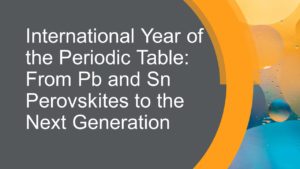
Two Photonic and OptoEletronics Materials conferences took place ealier this year: POEM 2019 and SPb-POEM 2019.
Both conference were a great success, attracting more than 200 delegates (POEM2019) and more than 500 delegates (SPb-POEM2019) from academia and industry. The Royal Society of Chemistry was delighted to support a number of poster prizes at the events from across the Materials and Nano journal portfolio.
Congratulations to the prize winners!

Huda Alzahrani, University of Salford UK, was awarded the Nanoscale Advances prize for her work on the chirality and optical response of 2D nanostructure chiral metamaterials

Laila Almanqur, University of Manchester UK, was awarded the Journal of Materials Chemistry C prize for her work on the synthesis of iron sulfide thin films and powders from new precursors.

Juan Sebastian Totero Gongora, University of Sussex UK, was awarded the Nanoscale prize for his work on two-colour terahertz emission from quasi-2D semiconductor interfaces.
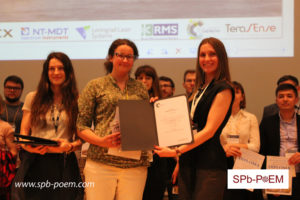
Alexandra Toropova, ITMO University, was awarded the Journal of Materials Chemistry C prize for her work on a Shellac hologram.

Tatiana Kormilina was awarded the Nanoscale Advances prize for her work on near-IR emitting PbS nanosheets and their lifecycle.

Tatyana Choban was awarded the Nanoscale prize for her work on Ф-OTDR based on tunable Yb-Er: phosphate glass laser.












